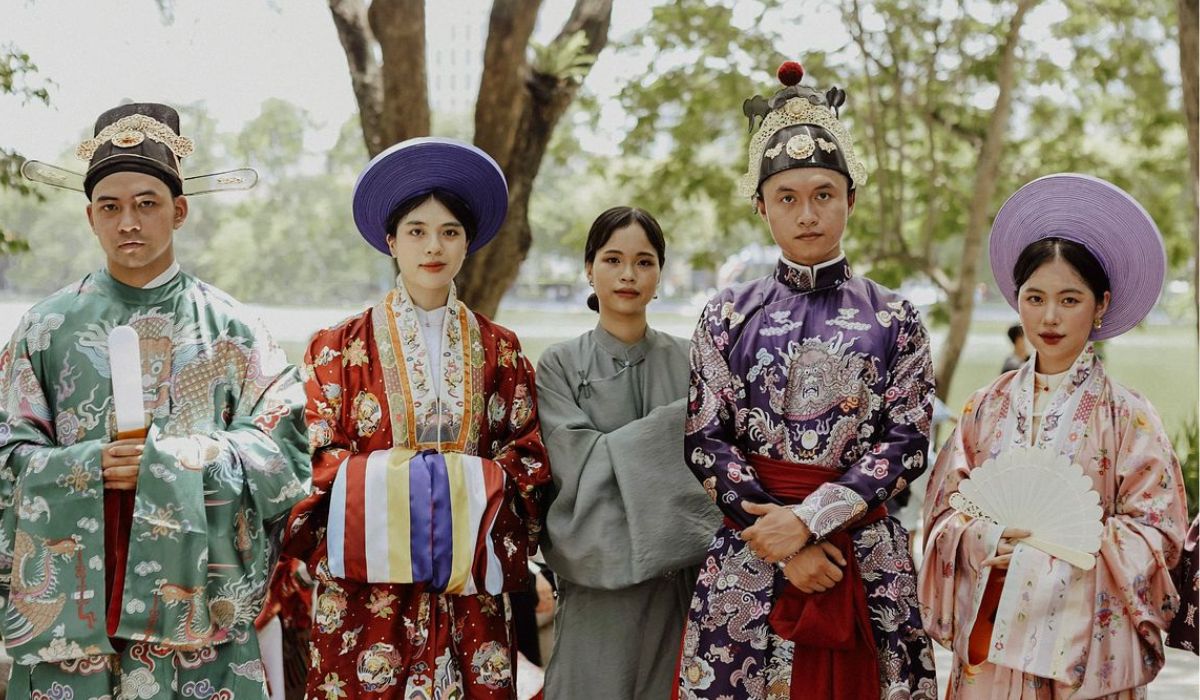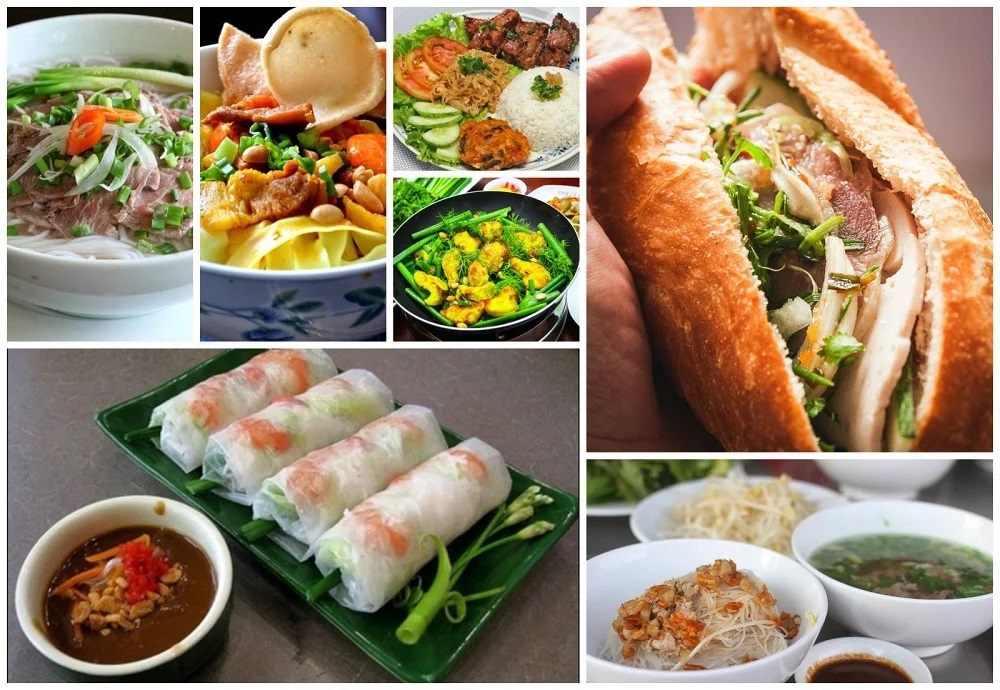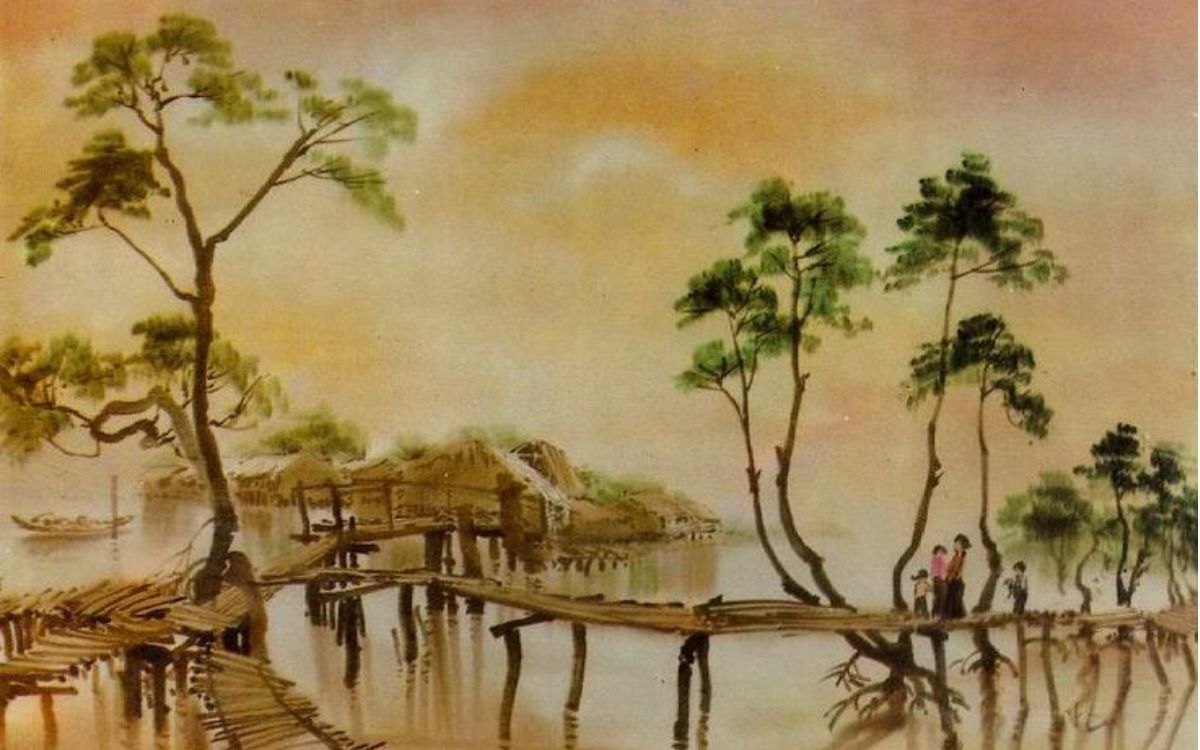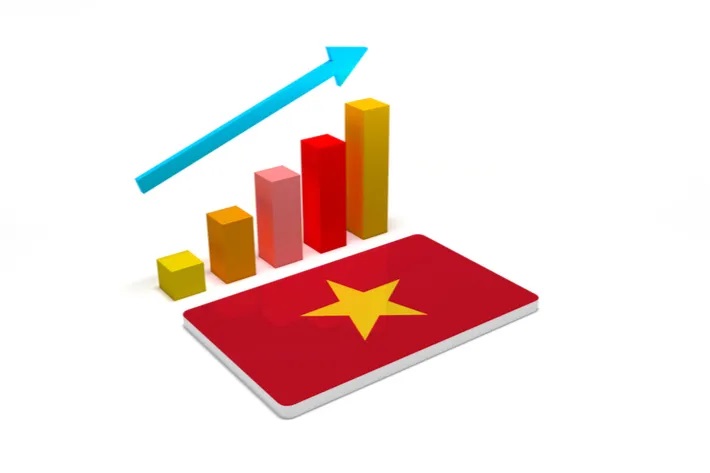Vietnamese culture stands as a testament to a rich heritage that has evolved over millennia, blending indigenous traditions with influences from neighbouring civilizations and distant lands. With a history spanning nearly four thousand years, Vietnamese culture boasts a distinct identity that is both resilient and dynamic. While some assert Chinese influence on Vietnamese culture, scholarly studies reveal a parallel development, highlighting the unique characteristics that define Vietnam's cultural landscape. From the ancient kingdoms of Nam Viet and Giao Chi to the successive dynasties of Trieu, Dinh, Ly, Tran, and Le, Vietnam's historical journey has shaped its cultural tapestry in tandem with Chinese dynasties such as Han, Duong, Tong, and Nguyen. The cultural evolution of Vietnam reflects its encounters with various civilizations and historical events. From the ancient Dong Son Culture during the Bronze Age to the enduring influence of Confucian philosophy and governance under Chinese domination, Vietnam's cultural heritage is a fusion of indigenous traditions and external influences. Following independence in the 10th century, Vietnam experienced a flourishing of imperial dynasties and regional expansion, absorbing elements of Champa and Khmer civilizations that enriched its cultural diversity. The French colonial period introduced European influences, including architecture, Catholicism, and the Latin alphabet, which reshaped Vietnam's cultural landscape. Post-colonization, Vietnam witnessed government-controlled propaganda emphasizing cultural exchanges with communist nations, while subsequent reforms ushered in a new era of openness to global influences. Ancestor veneration, community values, and reverence for manual labour remain central tenets of Vietnamese culture, underscored by symbols like dragons, turtles, and lotus flowers. Vietnamese cuisine, renowned for its freshness and diversity, reflects regional variations and a penchant for healthy ingredients like fresh vegetables and herbs. From flavourful noodle soups to savoury spring rolls, Vietnamese food is celebrated worldwide for its vibrant flavours and nutritional benefits.

Vietnam Clothing
Clothing is an important and integral part of any culture and is often overlooked when culture is being discussed. With such rich and diverse culture, one will find a unique clothing pattern in the traditional dress of Vietnam. With roughly sixty different ethnic groups, Vietnam has a vast variety of clothing styles, similar only in their affinity to bright, contradictory colours and vibrant patterns The Ao Dai has two major varieties - a four-part variety, which consists of flaps in the front that women button up, and a five-part variety, which consist on an extra flap on the right to secure the Ao Dai. The Ao Dai has two major varieties - a four-part variety, which consists of flaps in the front that women button up, and a five-part variety, which consist on an extra flap on the right to secure the Ao Dai.

Vietnam Food
The comforting noodle soup of pho is known around the world as one of the best Vietnamese dishes. Another Vietnamese staple enjoyed around the world, banh mi is the country’s famous sandwich. With the beloved French baguette, it’s a blend of the two cuisines, originating in the city of Saigon (Ho Chi Minh City). Also known as Vietnamese summer (or fresh spring) rolls, goi cuon is one of the most popular Vietnamese dishes and delicacies. Indulge in authentic, savoury banh xeo, Vietnam’s crispy crepe or pancake-style dish stuffed with shrimp, pork, herbs, onion, and bean sprouts.Named after the sound emitted when the batter hits the hot pan, this “sizzling cake” is a treat considered one of the best foods in Vietnam.

Vietnam Art
Vietnamese art is a testament to the rich cultural heritage and historical evolution of Vietnam. From the rudimentary clay pottery of the Neolithic period to the intricate bronze artifacts of the Dong Son civilization, Vietnamese artists have continuously pushed the boundaries of creativity and craftsmanship. The influences of Chinese rule during various dynasties, such as the Ly and Tran Dynasties, contributed to the development of traditional Vietnamese art forms like ceramics and poetry, while retaining a distinct Vietnamese identity. The era of French colonization introduced Western artistic techniques and methodologies, leading to a synthesis of East-West artistic styles and the emergence of Modern Vietnamese art.

Vietnam Film Industry
The Vietnamese film industry is experiencing a notable rise in popularity, exemplified by the success of "Tet o lang Día Ngoc" (Hell bound Village) on streaming platforms like Netflix and K+ Original. Despite this, the Vietnamese market still trails behind other Southeast Asian countries in terms of film production and revenue. However, positive indicators, such as substantial revenue from domestically produced films and a growing consumer market, signal promising opportunities for investors. Foreign entities can capitalize on avenues like distribution, visual effects, infrastructure development, ancillary businesses like tourism and events, and technical training institutes. Nonetheless, investors must navigate cultural and censorship issues, given the sensitivity of Vietnamese censors to certain topics, as well as the highly competitive nature of the market dominated by foreign cinema chains like CGV and Lotte. Moving forward, investors should carefully strategize and align their content with local expectations, considering partnerships with local stakeholders for a successful entry into Vietnam's burgeoning film market.

Vietnam Economy
In 2023, Vietnam's economy faced challenges, reflected in its growth rate of 5.05%, which fell short of the government's target of 6.5%. This marked a significant slowdown compared to the previous year's robust expansion of 8.02%. The deceleration was primarily attributed to sluggish overseas demand, which impacted the country's export-driven economy adversely. The International Monetary Fund had forecasted a lower GDP growth of 4.7%, highlighting the broader economic headwinds facing Vietnam. The decline in annual exports, particularly in key sectors like coffee and smartphones, underscored the impact of weakened global demand on Vietnam's trade performance. Despite this, retail sales saw a notable increase of 9.6%, indicating some resilience in domestic consumption. The rise in foreign tourist arrivals to 12.6 million, though below pre-pandemic levels, reflected a gradual recovery in the tourism sector.